There are several different types of water treatment processes that may be used, depending on the source and quality of the water. Some common methods of water treatment include:
- Coagulation and flocculation – this process involves adding chemicals to the water to help contaminants bind together, making them easier to remove.
- Sedimentation and filtration – after coagulation and flocculation, the water is allowed to settle and then passed through filters to remove any remaining impurities.
- Disinfection – this process involves using chemicals, such as chlorine or ozone, to kill any remaining bacteria or viruses in the water.
- Reverse osmosis – this is a more advanced water treatment process that involves passing the water through a membrane to remove any remaining impurities.
Water treatment services can be provided by public utilities, private companies, or independent contractors. These services may include testing the quality of the water, designing and constructing water treatment plants, and providing ongoing maintenance and repairs to ensure the continued effectiveness of the water treatment system.
Overall, water treatment is an important process that helps to ensure the safety and health of individuals and communities around the world.
Specifications:
- Water quality requirements: This specifies the level of water quality required for the intended use, which may include parameters such as pH, turbidity, total dissolved solids, chlorine residual, and more.
- Capacity requirements: This specifies the amount of water that needs to be treated per day or per hour.
- Process flow diagrams: This details the flow of water through the treatment process and the equipment used at each stage.
- Equipment specifications: This outlines the technical specifications of the equipment needed for the water treatment process, such as pumps, filters, membranes, and chemical dosing systems.
- Chemical usage and handling requirements: This outlines the types of chemicals needed for the treatment process and the requirements for their safe handling and storage.
- Electrical and instrumentation requirements: This specifies the electrical and instrumentation requirements for the water treatment plant, such as control panels, sensors, and monitoring systems.
- Testing and commissioning requirements: This outlines the requirements for testing and commissioning the water treatment plant to ensure it meets the specified performance criteria.
- Maintenance and operation requirements: This specifies the requirements for maintaining and operating the water treatment plant, including procedures for routine maintenance, troubleshooting, and emergency response.
- Safety and environmental requirements: This outlines the safety and environmental requirements for the water treatment plant, including procedures for managing hazardous materials, preventing spills and leaks, and minimizing environmental impact.
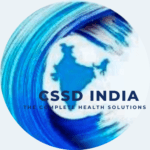








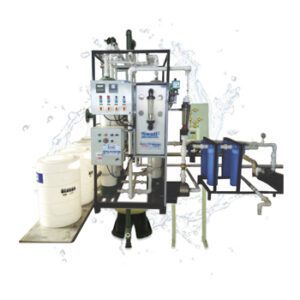

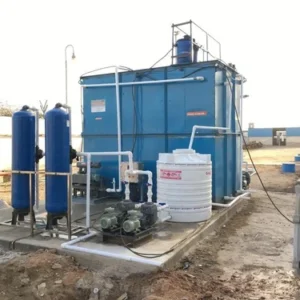
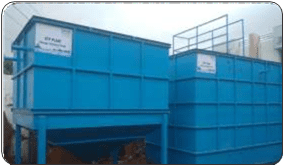
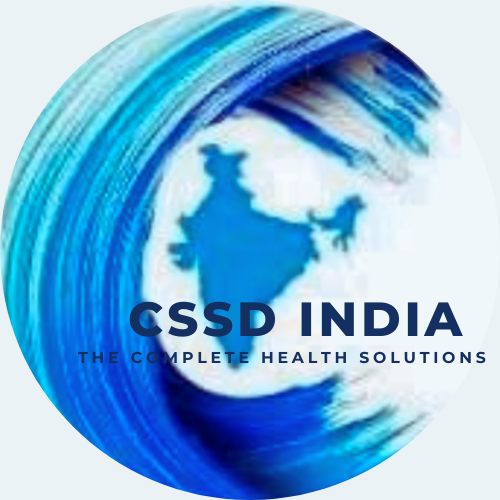
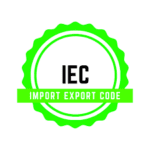



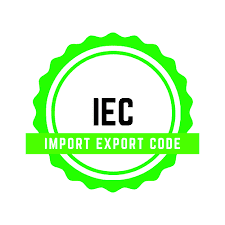
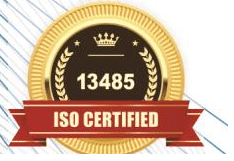
Reviews
There are no reviews yet.